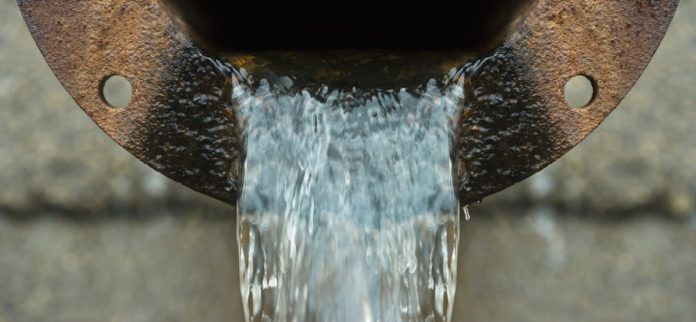Efforts to protect the aquifer that provides much of the Capital Region’s drinking water could include working with industry to reduce its groundwater use to about 10% of the current level.
The reduction, which would be phased in over time, is only one option the Capital Area Groundwater Conservation Commission could consider to protect the Southern Hills Aquifer from saltwater intrusion. The effort could be paired with a public-private partnership to develop a new water supply for industrial uses.
Representatives of The Water Institute of the Gulf, which the commission has tasked to lead creation of a strategy to protect the aquifer, gave commissioners a status report Thursday. Other options could include renegotiating existing well permits to reduce how much users are allowed to pump out.
Public education and conservation efforts could reduce usage by up to 1.5%, according to TWIG’s presentation.
In previous interviews, Gary Beard, the commission’s executive director, said the ultimate goal is to preserve the aquifer for drinking, bathing and cooking while reducing industrial use as much as possible. But William Daniel, who chairs the commission, cautioned that imposing new costs on industry could make the local industrial sector less competitive.
You can read a Business Report story about the challenges the aquifer faces and the efforts to protect it here.



